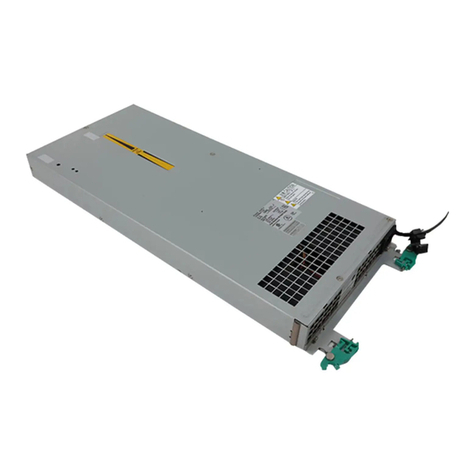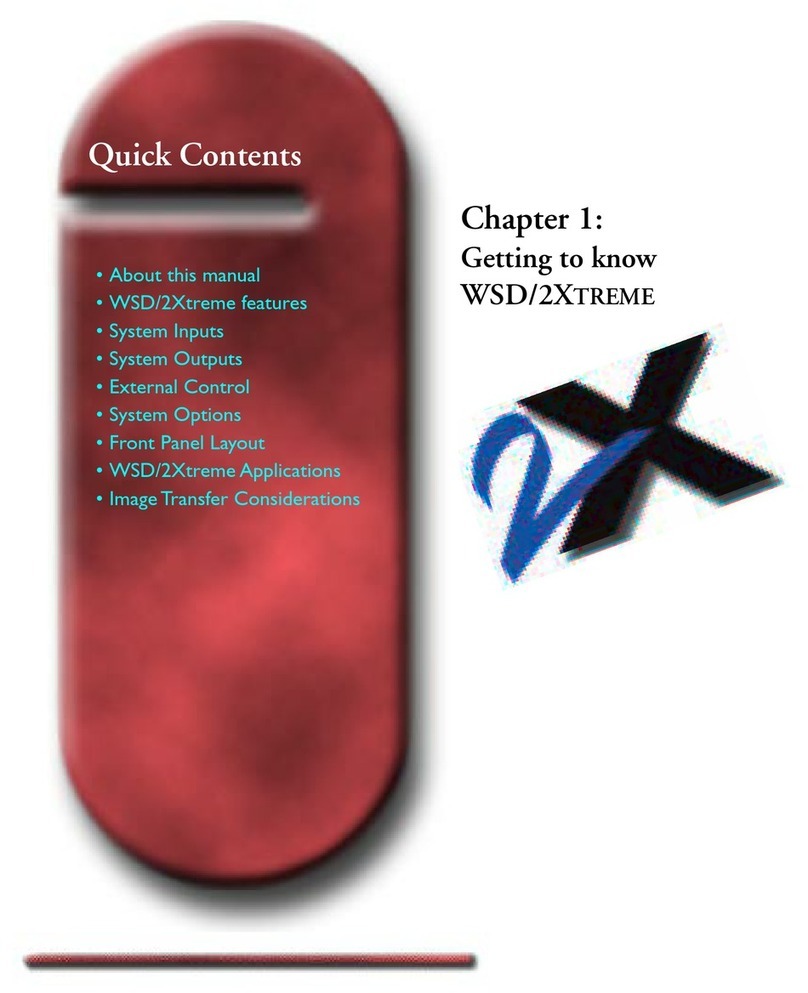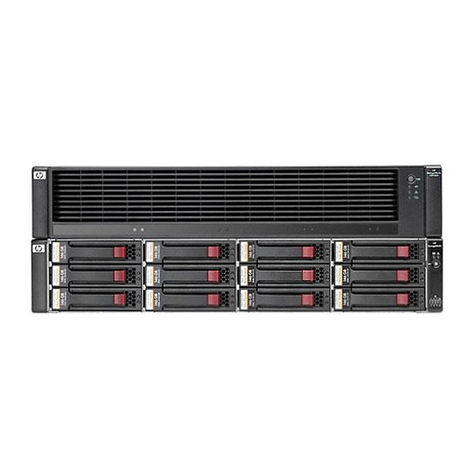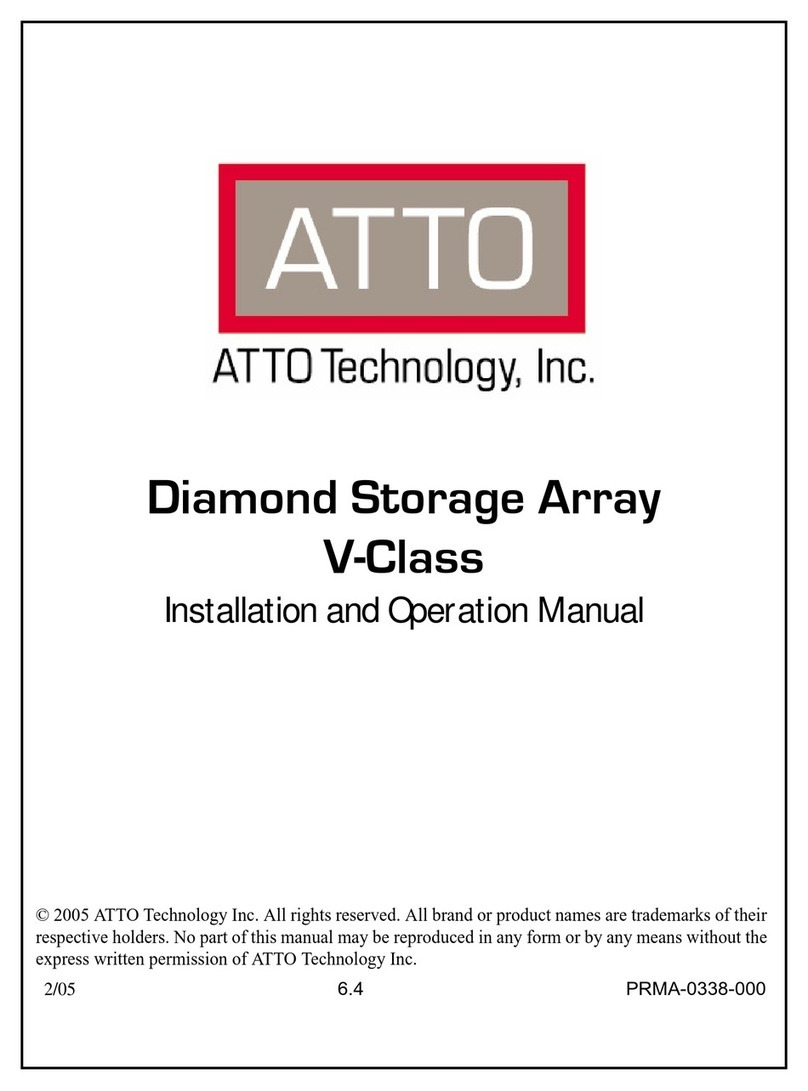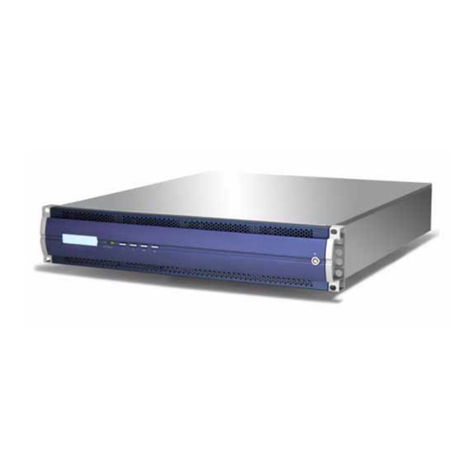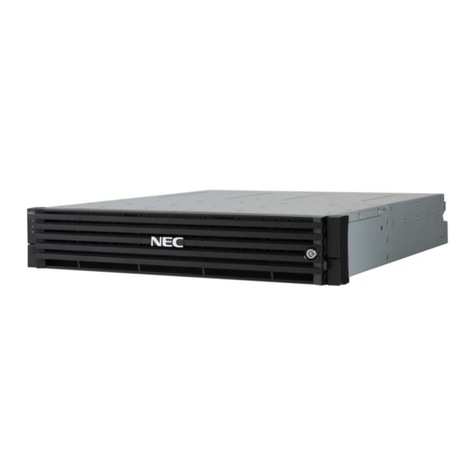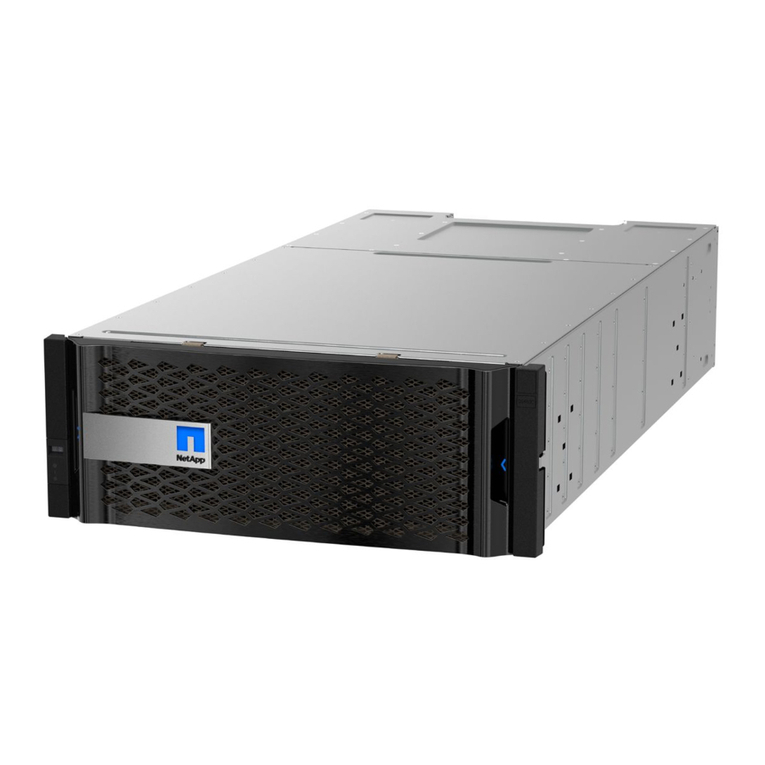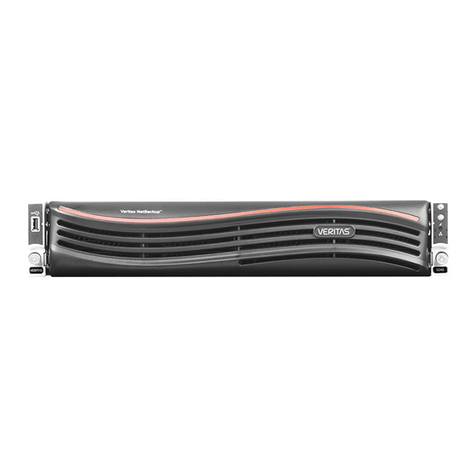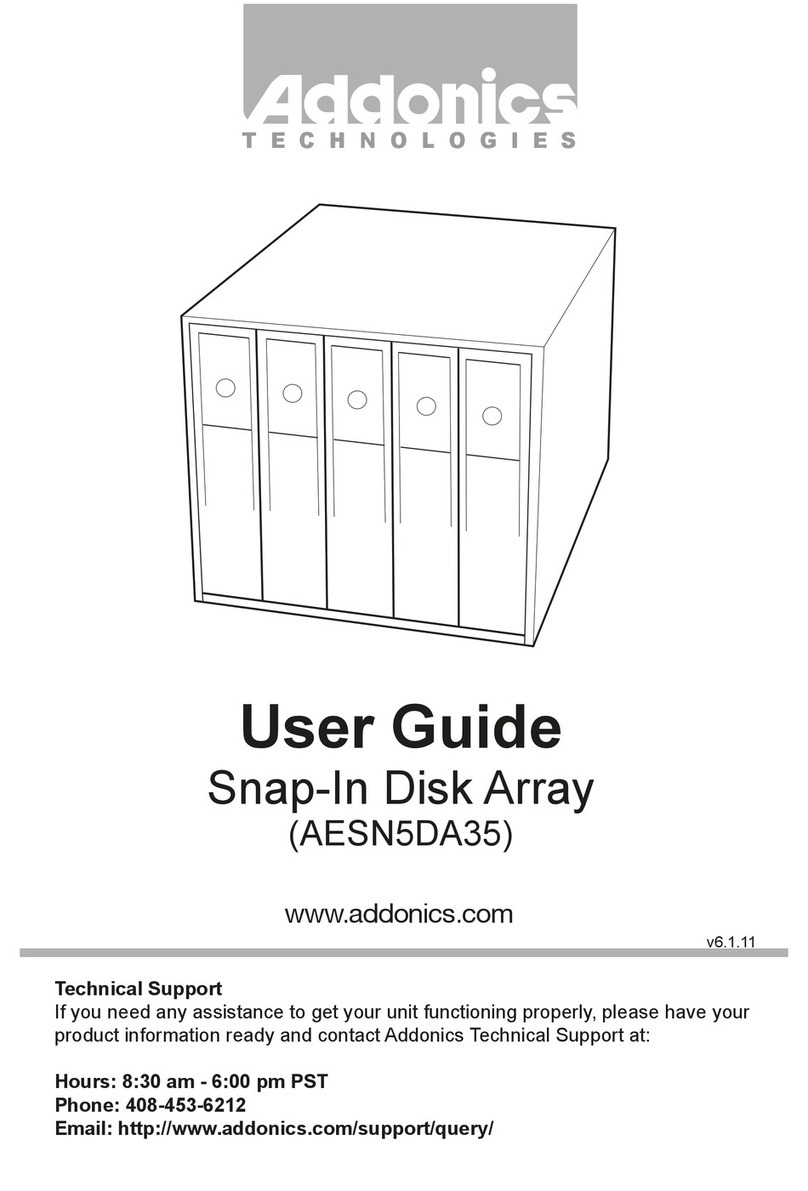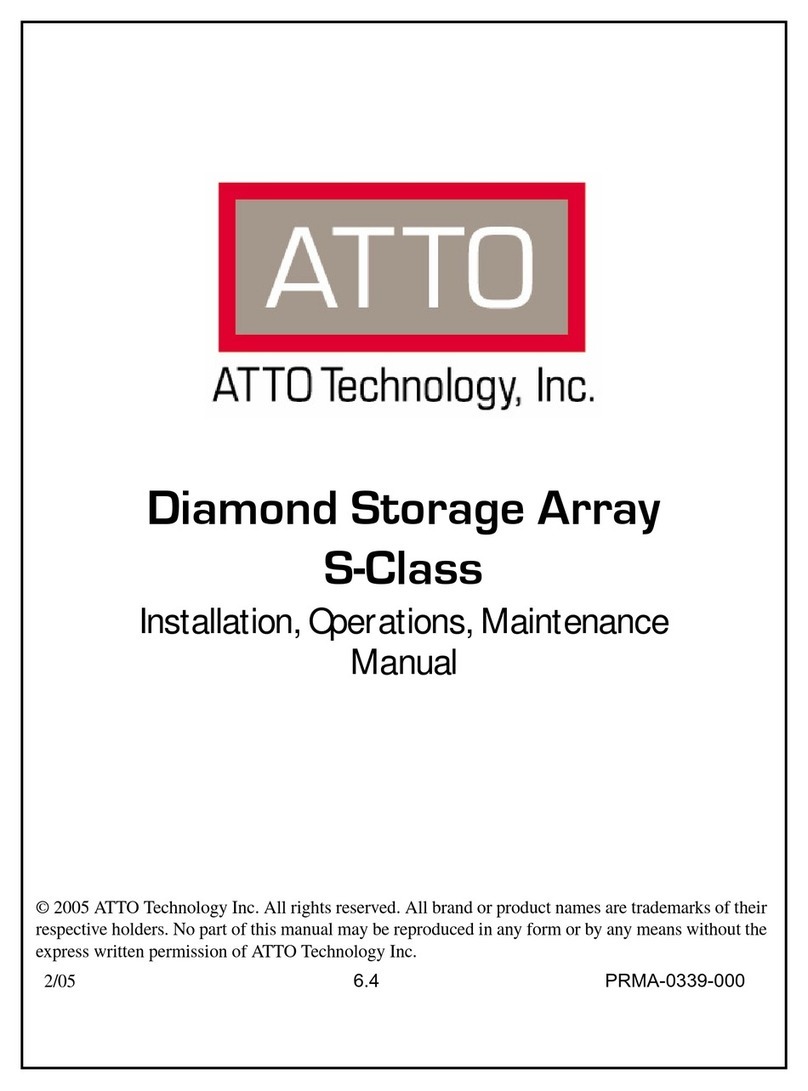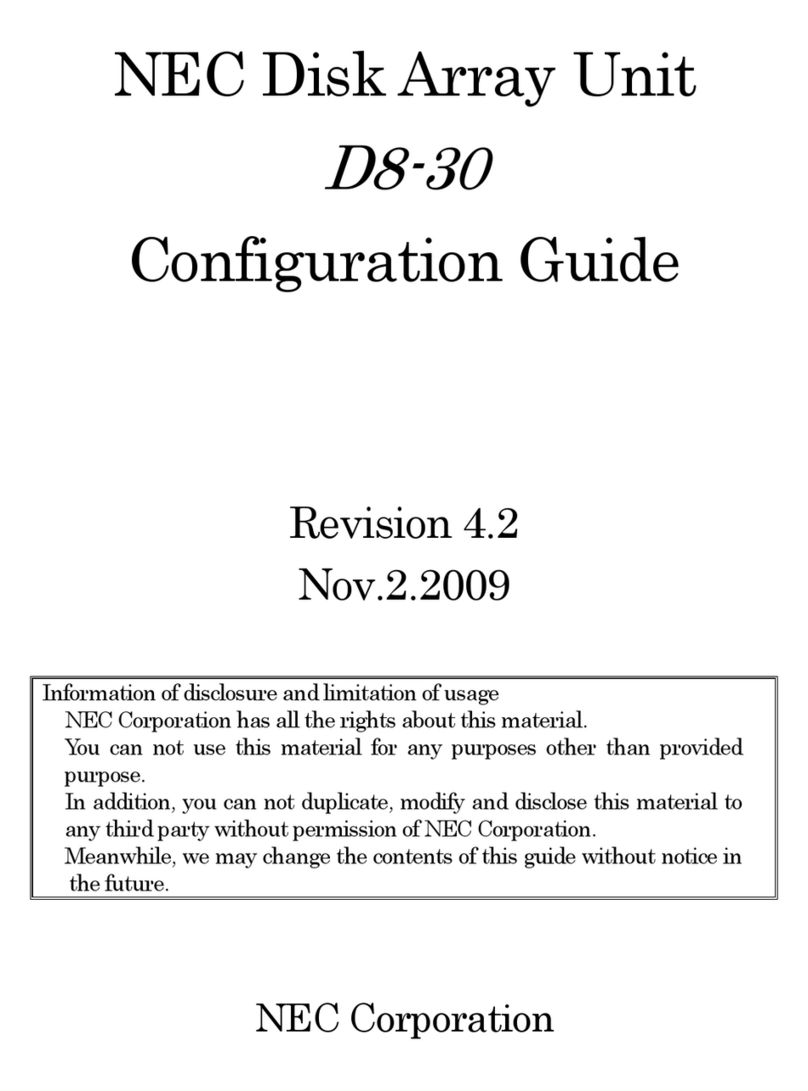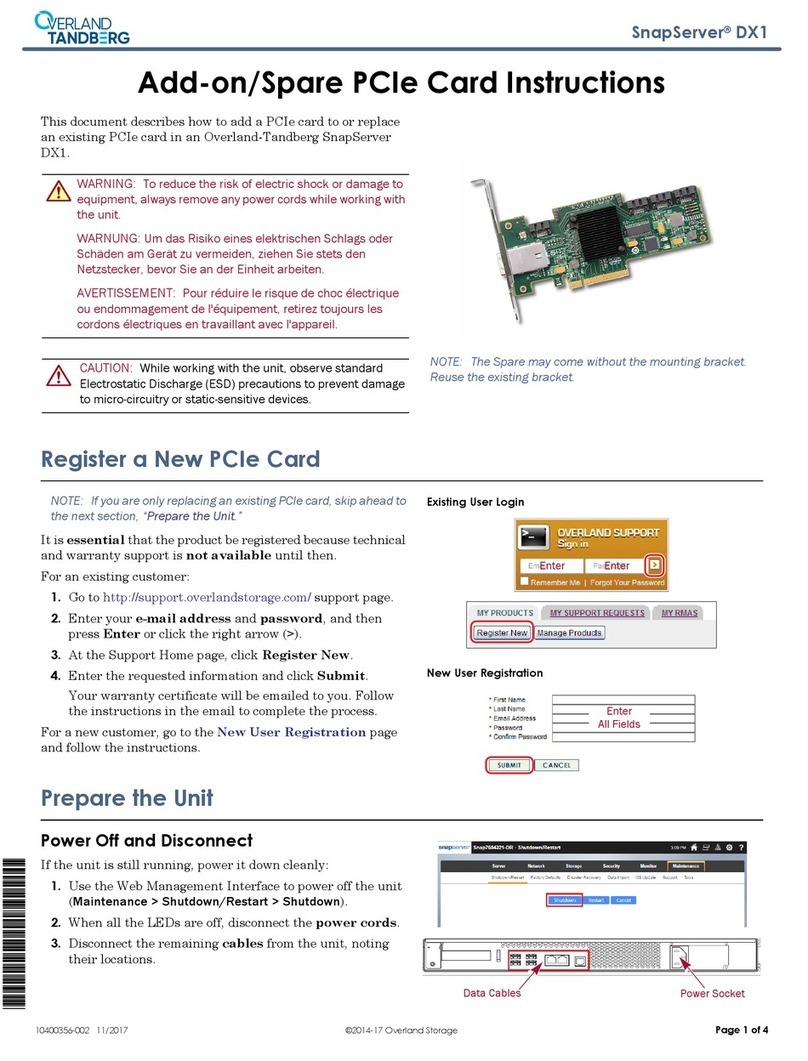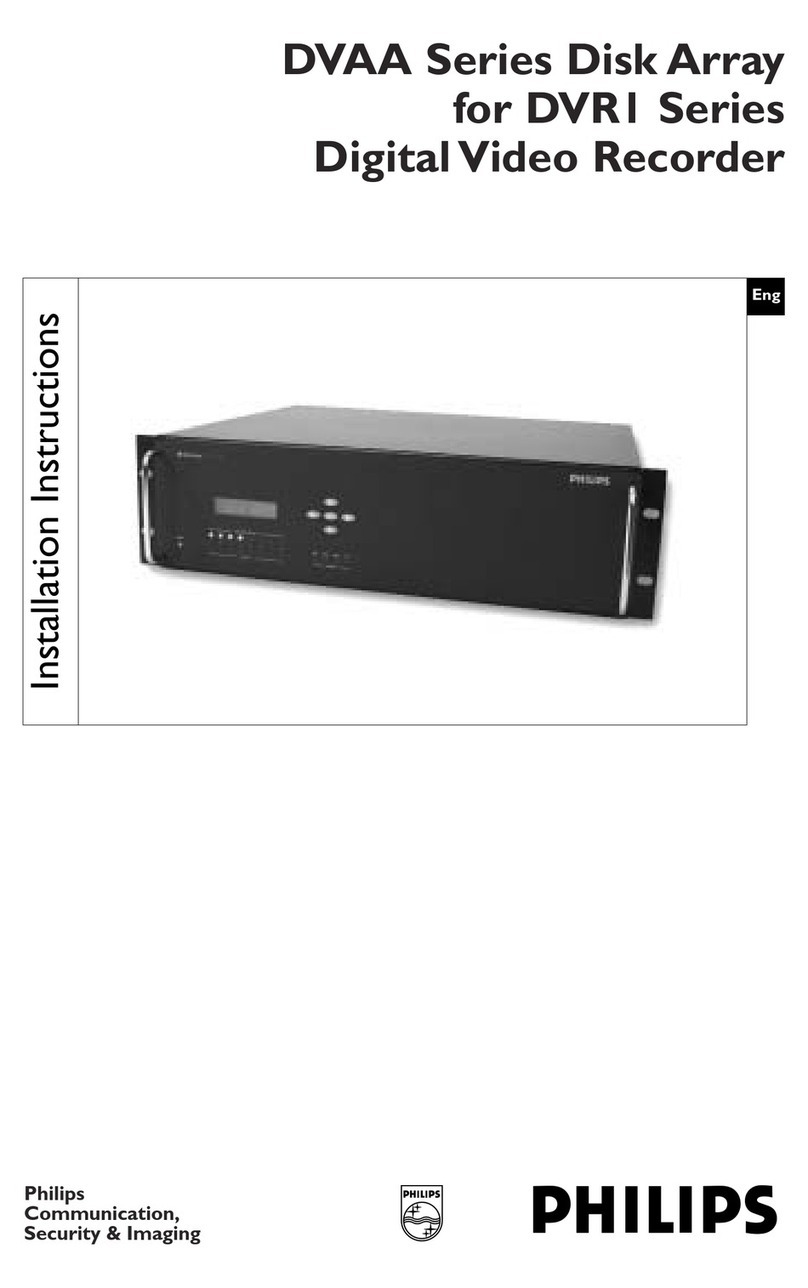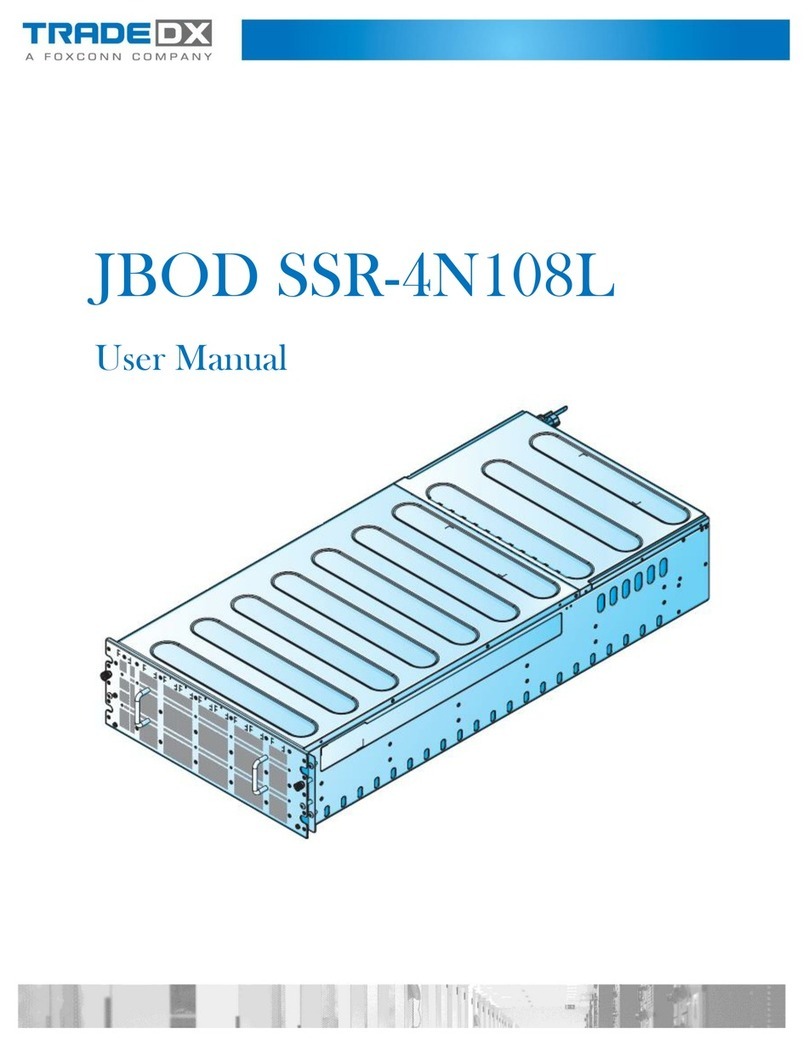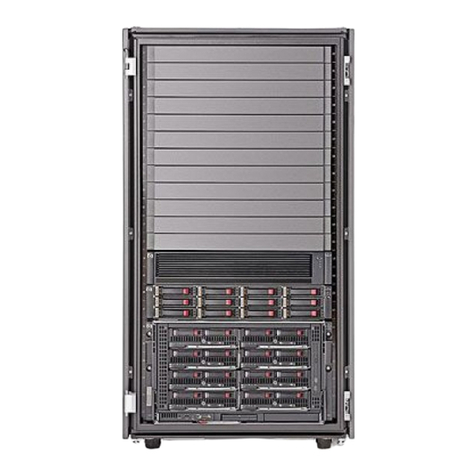
4|ni.com |RMX-8268 Installation Guide
Vorsicht! Mehrere Stromquellen. Ziehen Sie alle Netzkabel ab, um die
Stromversorgung vollständig zu unterbrechen.
Das Gerät sollte mit einer weichen, nicht metallischen Bürste gereinigt werden. Bevor es nach
der Reinigung wieder genutzt wird, muss es vollständig trocken und frei von Verschmutzungen
sein.
Soweit nicht anders beschrieben, dürfen keine Änderungen an dem Gerät vorgenommen werden.
Das Gerät darf nur zusammen mit den in der Installationsanleitung oder in den Spezifikationen
aufgeführten Chassis, Modulen, Kabeln und Zubehörteilen genutzt werden. Beim Betrieb des
Geräts müssen alle Blenden und Abdeckungen angebracht sein.
Dieses Gerät darf nur an Standorten mit eingeschränktem Zugriff verwendet werden.
Für die Suche nach Sicherheitszertifikaten besuchen Sie ni.com/certification, geben Sie
die Nummer des betreffenden Modells oder die Produktlinie ein und klicken Sie in der Spalte
“Certification” auf den gewünschten Link.
Sicherheitshinweise zum Einbau in einen
Gestellrahmen
Vorsicht! Wegen seines Gewichts sollte das Gerät immer zu zweit in einen
Gestellrahmen eingebaut werden.
Vorsicht! Wenn Sie Module in einem Gestellrahmen installieren, installieren Sie
die schwersten Module unten und die leichteren Module mit abnehmendem Gewicht
weiter oben. Dies hält den Schwerpunkt des Gestellrahmens möglichst tief und
verhindert ein Umkippen beim Anstoßen.
Beim Einbau in einen Gestellrahmen sind folgende Sicherheitsrichtlinien zu befolgen:
•Betriebstemperatur—In einem geschlossenen Gestell oder einem Gestell für mehrere
Geräte kann die Betriebstemperatur des Geräts höher als die Umgebungstemperatur sein.
Daher sollte das Gerät nur dort eingebaut werden, wo die maximale Umgebungstemperatur
(Tma) 45 °C nicht übersteigt.
•Belüftung—Sorgen Sie beim Einbau in ein Gestell oder Gehäuse für genügend Belüftung,
um den sicheren Betrieb des Geräts zu gewährleisten.
•Lastverteilung—Sorgen Sie beim Einbau in ein Gehäuse oder Gestell für gleichmäßige
Lastverteilung.
•Überlast—Achten Sie beim Anschließen des Geräts an die Stromversorgung darauf, dass
die maximal zulässigen Werte für Strom und Spannung nicht überschritten werden. Die
technischen Daten finden Sie auf dem Etikett des Geräts. Bei Überlastung können die
Überstromschaltung und die Kabel beschädigt werden.
•Erdung—Achten Sie darauf, dass alle in Gestelle eingebauten Geräte ordnungsgemäß
geerdet sind. Das gilt insbesondere, wenn die Geräte nicht direkt an die Stromversorgung
angeschlossen sind, sondern beispielsweise über Mehrfachsteckdosen.
